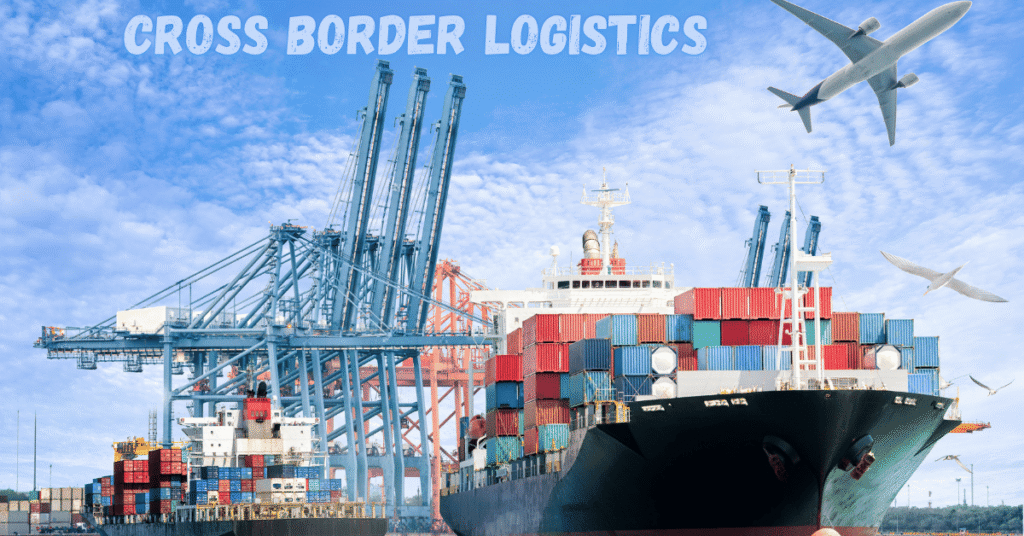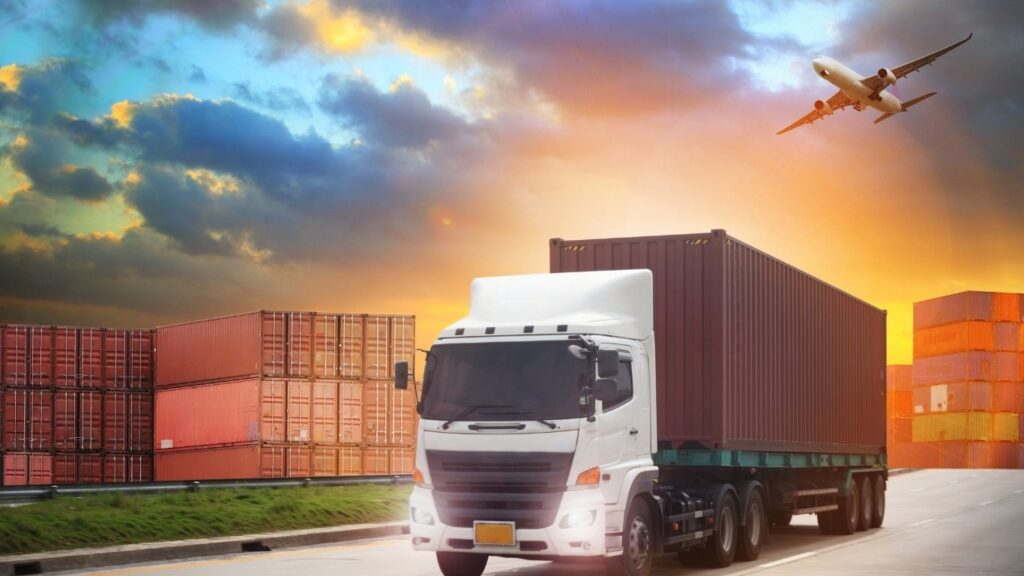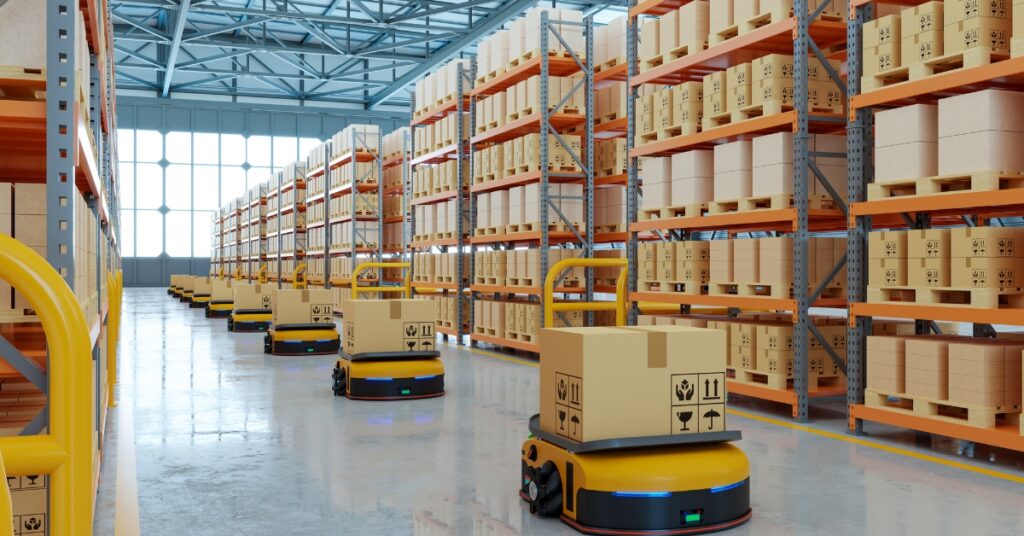Introduction to Cross Border Logistics
Cross border logistics is an umbrella term for the management and movement of goods across international lines. This involves transporting goods, clearing customs, warehousing, and distributing products to transfer products from one nation to another successfully. Under the influence of globalization, particularly the boom in e-commerce, cross-border logistics has reached a pivotal point in the art and science of supply chain management, operating under the auspices of international market opportunities.
Importance of Cross Border Logistics in International Trade
Cross-border logistics, by ensuring the movement through which products move across countries, stands as a key ingredient in cutting international trade costs. Here is why it matters:
- To widen the reach of the market for industries of all sizes
- To shorten the lead time for international orders.
- To boost the economy towards globalization
- To make cost savings tighter, especially in supply chain optimization
- Smooth customs process and documentation
- For impairment of the functionality of global trade, any hindrance in cross-border logistics will account for dislocation, delay, and costs.
Key Challenges to Cross Border Logistics
Despite the importance, cross-border logistics has a unique set of challenges:
A. Customs and Compliance with Regulations
Different countries have different laws on imports and exports. Noncompliance will incur delays, fines, or confiscation of cargo.
B. Delays in Transportation
Late delivery for international shipments results from bad infrastructure, bad weather, or political hitches.
C. Currency Fluctuations
With a change to the current situation in the international market, fluctuations in exchange rates influence the total cost of cross border activity.
D. Language and Culture
Foreign languages, cultural business manners, and consumer expectations are part of the understanding aimed at solving cross-border logistics.
E. Taxation and Duties
Various tax laws and duties across different countries complicate cost computations and pricing methods.
How Cross Border Logistics Works
Cross-border logistics is a multi-dimensional procedure, as several parties need to cooperate:
Step 1: Order Placement
The customer places his or her actual international order online or through a distributor.
Step 2: Export Documentation
On placing an order, export documentation of various documents like commercial invoices, export declarations, packing lists, etc., is prepared along with any other forms that the importing country may require.
Step 3: Customs Clearance (Export)
Cleared customs at the exporting point.
Step 4: International Transport
Cargo is shipped to a foreign destination.
Step 5: Customs Clearance (Import)
Entry from customs, inspection, and approval in the country of destination.
Step 6: Last Mile Delivery
The last-mile delivery process delivers goods to the final destination in the customer’s or business’s location.
Types of Cross Border Logistics Services
Many services touch on cross-border logistics, but are broadly categorized under the following:
A. Freight Forwarding
International shipment logistics and its associated documents.
B. Customs Brokerage
Fulfillment of and clearance from customs procedures.
C. Warehousing and Distribution
Most of the border warehousing and distribution is within a country.
D. Express Parcel Delivery
Small parcels are delivered via fast freight services by DHL, FedEx, UPS, etc.
E. Consolidation Services
Bringing together multiple smaller shipments into one shipment for cost-benefit.
The Role of Technology in Cross Border Logistics
Technology brings modernization to cross-border logistics:
A. Real-time Traceability
Provides real-time tracking in terms of geographical position by using IoT technology and GPS for international shipments.
B. Automation and Robotics Applications
Robots were primarily employed inside warehouse boundaries to increase speed and accuracy in handling inventories.
C. Artificial Intelligence
With the aid of AI, causes of hold-ups are analyzed, optimized transportation routes are procured, and a summation of demand for inventory is forecasted.
D. Blockchain for Transparency
Such guarantees by blockchain can secure documentation throughout the chain, thus ensuring that there is no fraud.
E. Automated EDI and API Integration
It will allow data exchange among logistics-providing systems, as well as with their partners.
Customs Clearance and Documentation
Documentation is the key aspect of border-crossing logistics.
Key documents include:
- Commercial Invoice
- Packing List
- Bill of Lading / Airway Bill
- Certificate of Origin
- Export Declaration
- Import License (if required)
An error in any of these could cause a shipment delay or penalty.
Best Practices for Cross Border Logistics
To ensure smooth cross-border operations:
A. Understand Trade Regulations
This includes keeping oneself in tune with international trade laws and agreements.
B. Nurture Strong Partnerships with Carriers
Supporting partners are usually less delayed with the more help they receive.
C. Utilize a Global Logistics Platform
A devoted platform centralizes a simple point of control for multiple shipments.
D. Optimize Your Inventory
Reserve stock in important international regions to reduce the time in waiting for delivery.
E. Train Your Team
Educating the crew on the practices of shipping internationally would help.
Cross Border Logistics for E-commerce Businesses
E-commerce has brought a massive demand for effective cross border logistics:
A. Customer Expectations
Such routing internationally should be fast and cheap.
B. Cross Border Returns
Nightmare for companies to tackle. It must be error-free in execution to achieve customer satisfaction.
C. Customs Duties Transparency
Inform the customers about the duties and taxes before completing a purchase, so that cart abandonment is not encountered.
D. Partnering with 3PLs
3PLs are a boon for cross-border e-commerce fulfillment.
Choosing the Right Cross Border Logistics Partner
Selection plays a great role in creating success.
Key Factors to Consider:
- Global Network Coverage
- Customs Expertise
- Technology and Tracking Capabilities
- Scalability
- Pricing Transparency
- Customer Service
A trustworthy partner would assist in addressing client orders for menus to be timely and securely delivered to the borderless customer.
Trends that are Changing Cross Border Logistics in 2025
Rapid change is the bottom line in terms of logistics. Some of the new trends being developed include the following:
A. Green logistics
Firms are reducing their carbon footprint by packaging less and moving to electric vehicles.
B. Trade digitization
Paperless documentation and AI-supported processing by customs will quickly become common.
C. Agreements of regional trade
Plain cross-border regulations by newly formed free trade agreements.
D. Drone and autonomous deliveries
Pilot testing schemes for last-mile delivery using drones and self-driving vehicles.
E. Resilient supply chains
Turning to available diversifying suppliers & warehouses to mitigate risk.
The Future of Cross Border Logistics
The way that commerce has crossed borders, so also will borderless logistics have to develop as:
- More automation and AI integration
- More eco-friendly transportation
- Better visibility in supply chains
- Greater localization with warehouses
- Better policy harmonization across countries
Early movers here will incorporate pathogen-free advantages from others into the global market.
Conclusion
Cross border logistics are the bedrock of global trade. If you are a booming e-commerce brand or a large manufacturer, you need to understand the many different complexities of cross border logistics to have success. Whether that be customs regulations, or all the latest technologies, being proficient in cross border is the gateway to global success.
In a world hinged on international trade, investments made by organizations in such strong and sturdy cross border logistics infrastructure would see them survive and thrive in this cagey global market.



